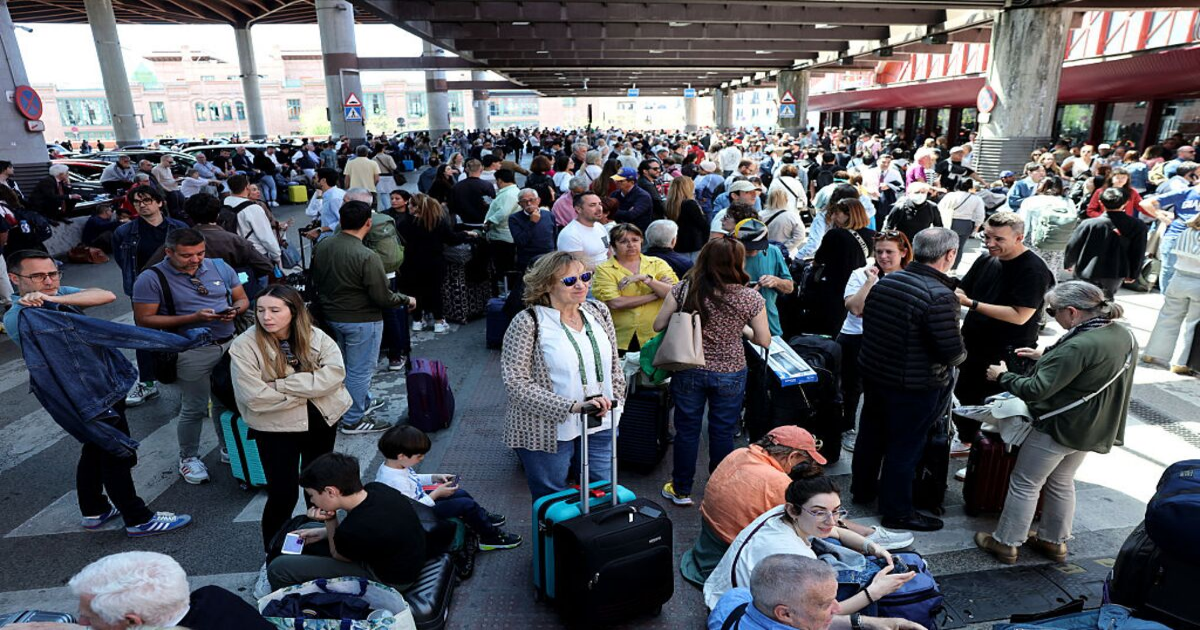Over a century of running the power grid on fossil fuels, we learned many lessons about why, how and when blackouts happen. We now need to learn new lessons about when they’re triggered by green energy.
On Monday, Spain and Portugal — and a sliver of France — suffered what could come to be known as the first major blackout of the renewable-energy era. More than 50 million people lost power, and electricity didn’t return for nearly half a day.
We don’t yet know the full details, but Red Eléctrica de España, Spain’s state-backed grid operator, detailed on Tuesday a tentative timeline of the massive disruption. The company suspects that an initial power failure was “very likely” due to a solar plant producing less than expected, and seconds later there was a “massive” drop in other renewable-electricity production.
Left unsaid is another critical factor: Spain and Portugal were running their grid with a generation mix that relied heavily on the weather — for more than 75% of output. Few of the old-fashioned generators powered by gas, nuclear, and hydraulic force, which are key to ensuring a stable grid, were running.
Spanish and Portuguese authorities have promised a root-cause analysis of the incident, and the lessons should be heeded around the world as most countries embrace solar and wind power — though perhaps not as aggressively as the Iberian nations. Authorities need to focus on how to better integrate growing renewable production into the grid to strengthen resilience, rather than retreat from and dismantle net-zero generation.
